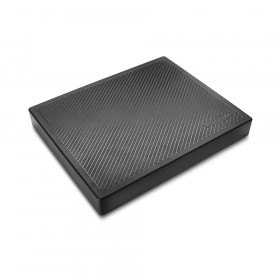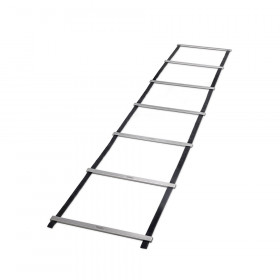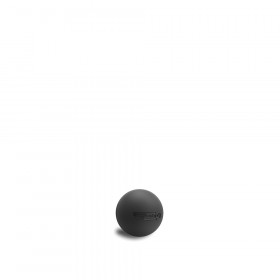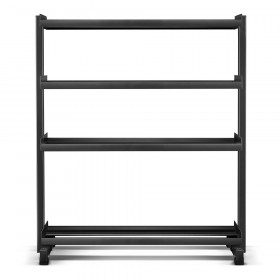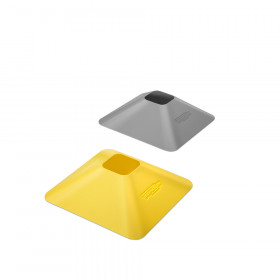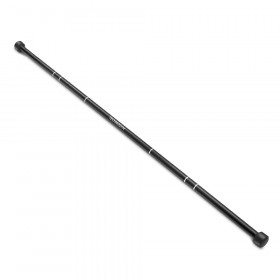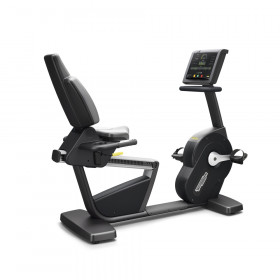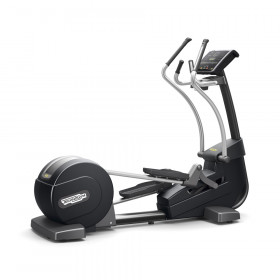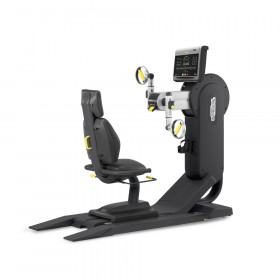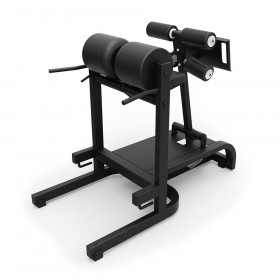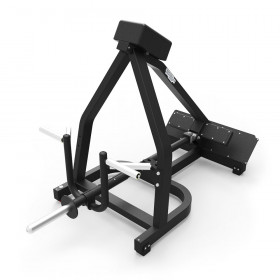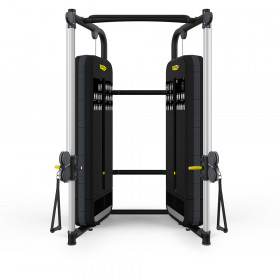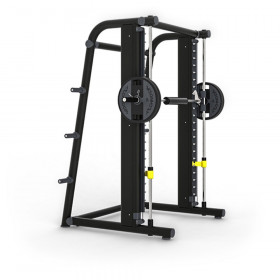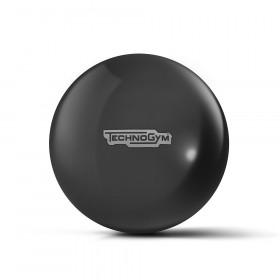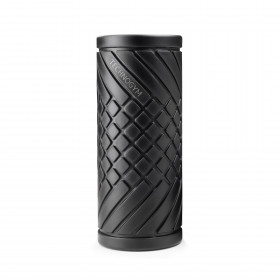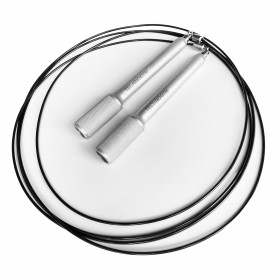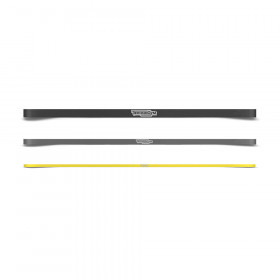In recent decades, artistic gymnastics has enjoyed resurgence in participation, of both professional athletes and the general public. Often, elite athletes are the occurrence of the power of practice, with this considered many elite gymnast start practicing their skills at an early age and develop peak performance at an average of 10 years later. During this period, the volume and the intensity of training increase enormously and, consequently, the incidence of trauma also becomes more apparent.
Types of injuries
The most common injuries occur within the lower extremities, closely followed by the upper extremity. This includes the shoulders, of which requires greater attention, especially for male athletes. In fact, the stress this joint must bear when performing routines on the rings, bar, parallel bars and free weights can be excessive or close to maximal. The risk factors for trauma can be classified as either intrinsic or extrinsic: the first one regards the individuals’ genetics and psychosocial characteristics; the second is related to the training methods or the equipment used.
How to prevent injuries
To prevent possible injuries some important rules, have to be followed. Firstly, start each workout with a proper global and specific warm-up. Secondly, the coach should not emphasize the attempt for maximal flexibility, until flexibility is adequately developed. Moreover, the athletes should be educated on how to recognize symptoms of potential trauma to reduce the severity and to catalyze the medical evaluation process. In addition, adequate protective equipment is necessary, and most importantly an appropriate rehabilitation programme is vital to prevent any repercussion of any previous injuries.
Exercises for the shoulder
Firstly, it is important to strengthen the rotator cuff, so it is recommended to start with exercises involving external and internal rotation of the scapula, using cable machines or elastic bands of varying intensities is heavily recommended.
 Moreover, to further reinforce the strengthening of the targeted muscle group, you can perform lateral raises, vertical rows and pull downs. To develop this specific are of competence Technogym proposes the “Plurima” line, for a dynamic training: it is a smart and compact multi-station that allows the opportunity to perform strength training with multiple equipment concentrated in a unique way.
Moreover, to further reinforce the strengthening of the targeted muscle group, you can perform lateral raises, vertical rows and pull downs. To develop this specific are of competence Technogym proposes the “Plurima” line, for a dynamic training: it is a smart and compact multi-station that allows the opportunity to perform strength training with multiple equipment concentrated in a unique way.
Finally, you can do functional training for additional strengthening. The workout consists in continuous destabilization to develop a more stabilized joint; to be more specific, you can perform various exercises in different positions (supine, quadruped, upright) using water ball, pendulum and twin clubs.
References
- Caine DJ, Maffulli N. Gymnastics Injuries. Epidemiology of Pediatric Sports Injuries. Individual Sports. Med Sport Sci. 2005; vol 48, pp 18-58, doi 10.1159/000084282
- Medicine and Sport Science. Editor(s): Caine D.J. (Georgetown, Tex.)


